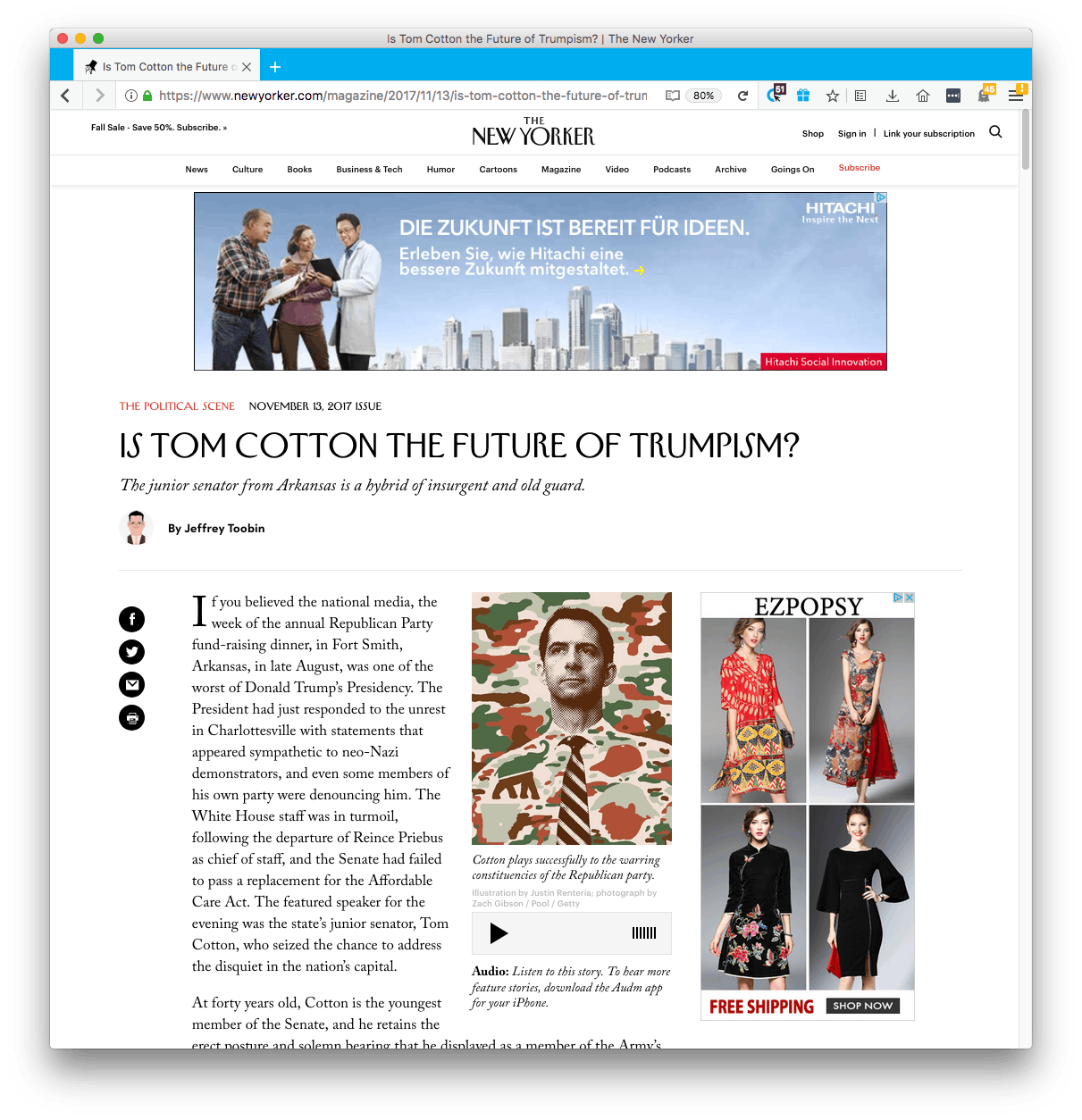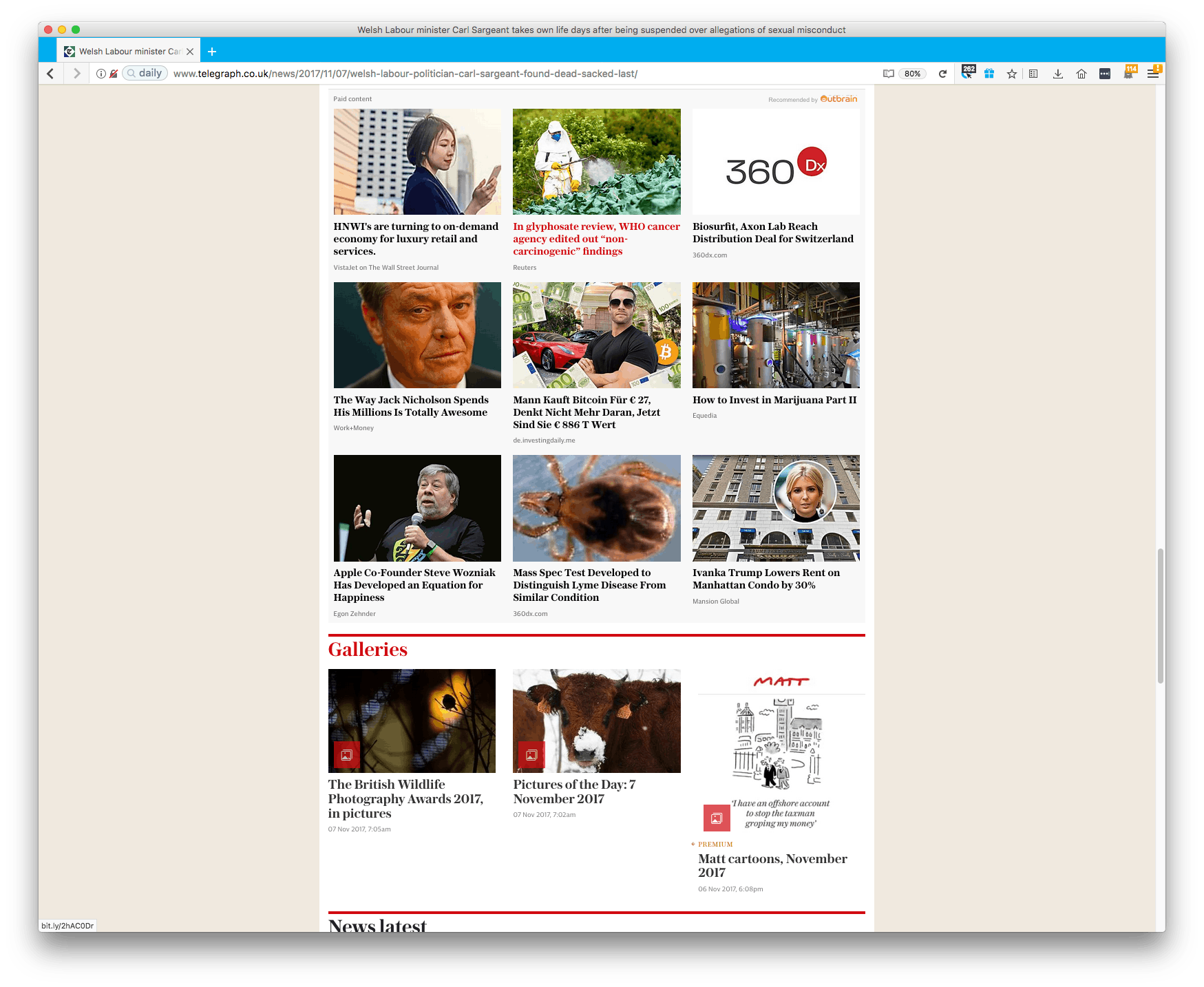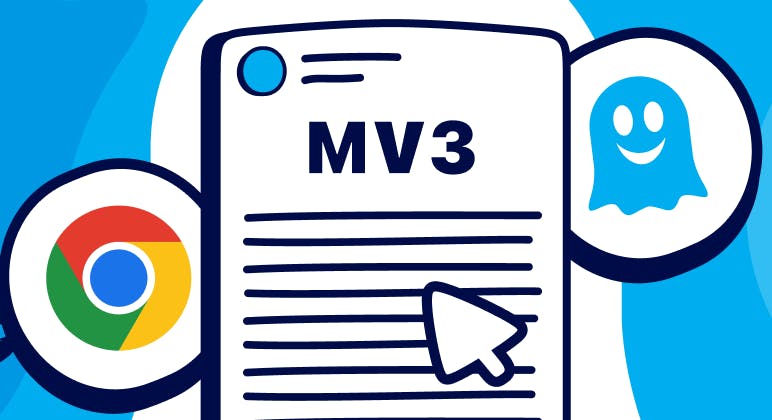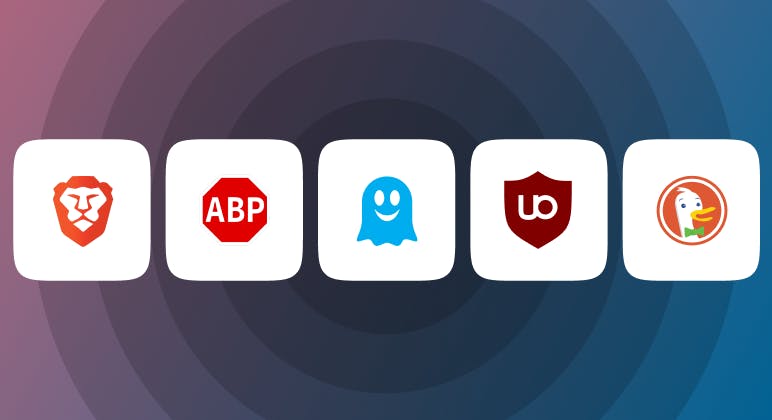WhoTracks.Me
The Impact of Tracking on User Experience
The Impact of Tracking on User Experience
We all have been in situations in which we felt that the Internet knows us too well: When the pair of shoes that we looked for suddenly starts to haunt us on almost every single web page. The “magic” behind this phenomenon is called tracking - a controversial topic, for security and privacy reasons. However, tracking is not only relevant from a privacy perspective, it also affects user experience in many ways. While some of the effects are visible and obvious to everyone, others are hidden behind the scenes.
Is There a Positive Side to Tracking?
But before we get started with the actual effects, let’s quickly clarify one thing: Trackers are not good or bad per se. In fact, trackers are often just a by-product of innovative technologies that were invented to make the user’s life easier in the first place.
For example, content delivery networks (CDN) assure a speedy delivery of web pages, analytics tools help to better understand users to improve page structures, hosted fonts allow designers to ensure that fonts look as intended, and single sign-ons increase convenience while mitigating password fatigue. It's the way these technologies are implemented and used that may or may not introduce privacy and user experience side-effects.
Visible Effects of Tracking
Online ads are a good example of the visible effects of tracking. While some users certainly appreciate ads, many find them annoying or creepy. This is also reflected by the increasing usage of ad blockers, which grew by 30% in 2016 alone.
Distraction
One reason for this annoyance is that ads fight for the users’ attention—in particular ads that use aggressive visuals or animations (Figure 1). They distract users from the actual page content and the task at hand. This seems to contradict "banner blindness", the phenomenon of having learnt to ignore ads. But rather than ignoring ads, users seem to ignore the content instead, while banners still cause distraction.

Deception
Another reason for annoyance is the use of native advertising: ads that are designed to resemble content as much as possible (Figure 2). The main goal is to maximize click-through rates on ads by deliberately misleading users on the nature of the content. Although users are less likely to notice the presence of native advertising compared to traditional banner ads, it is more difficult for them to distinguish organic content from paid ads.

Page Breakage
Last but not least, ads and tracking increase page loading times: users have to wait substantially longer for content to appear, which degrades the online user experience. The average data usage by trackers amounts to more than 6MB per page load. In a Mozilla study, researchers further found that the average number of reported problems with web pages was higher for users with tracker blocking disabled, relative to those with it enabled. These users reported more often that web pages felt slow, laggy, or unresponsive. This is surprising because tracking protection is often the reason for such page breakage.
Moments of embarrassment
The facets discussed so far all relate to functional problems (i.e. web pages do not work, users cannot complete their tasks, etc.). However, there is also another dimension to the visual effects of tracking: social implications.
In order to deliver the most relevant ads to the user, they are often targeted and based on previous online behaviors, such as page visits. For example, a user would see ads for sports shoes on a news page after having searched for them on a shopping site. While the majority of users are opposed to behavioral targeting and are concerned about their privacy, behavioral targeting can affect the user experience in a much more direct way, in particular when sharing a computer: Imagine an online purchase for your loved one popping up on a web page visited by the future gift recipient — surprise ruined. Or imagine a friend looking over your shoulder and getting a glimpse on an ad about something that you find embarrassing.
Hidden Effects of Tracking
Yet, a large part of tracking takes place behind the scenes of the shiny web surface. It's not obvious that users are being observed, yet trackers record all their page visits. This is not only a privacy problem, it also affects the user experience.
Lack of Transparency
Most users are aware that their searches and interactions are recorded when using services like Facebook or Amazon. After all, they are explicitly registered and logged in. Users understand that such services need to know certain things to provide their services, for example, to show interesting posts or to suggest new friends.
However, a large part of tracking takes place via third-party trackers, scripts that are embedded on pages around the web or are part of a browser add-on without the users' awareness. These scripts call home to report on each user's behavior—often without having asked for permission. It is not transparent to users that their oftentimes personal data is shared, with whom it is shared, and where it is stored. For example, users were surprised to learn that browsing history is used to
Lack of Control
Even if users knew about the extent of tracking taking place, there is still a lack of control. Once the data is out on some servers, users do not have the option to audit or delete the data stored about them. Current approaches for giving control to users are not understood by users.
Transparency and Control are Critical
Why are transparency and control so important? Data collected by trackers reveal more about a person than you might think. One page visit may not tell who you are, but the visit of multiple pages does. Trackers connect these visits through unique identifiers. Suddenly the virtual self turns into a real person: Profile pictures from social networks reveal the visual appearance, location sharing exposes home and workplace, and shopping behavior hint at personal preferences. All this happens without the awareness of the user—the user experience on the surface does not reveal the operating network of trackers underneath it.
The UX Challenges
Both visible and hidden effects of trackers on user experience are non-trivial to address. Numerous applications or add-ons exist to remove ads from web pages or to reduce the effects of tracking. Adblock Plus and NoScript are two popular examples.

However, removing ads leads, similar to ads in the first place, to page breakage. News sites, for example, use adblock detection to put up ad block walls, asking users to whitelist ads in order to access the content (Figure 3).
Ad block walls not only degrade the user experience but also reduce traffic to the underlying pages: a recent survey found that 74% of American adblock users choose to leave sites with adblock walls.
Another example are pages without visible ads, but that use scripts for tracking. Blocking all scripts offers protection, but makes modern web pages unusable as many features rely on scripting.
Overall, tracking is a complex topic. Its technical foundation is hard to grasp for most users. Users build their mental models about how trackers work based on their own experiences. This leads to wrong beliefs, such as that Facebook cannot track users once they are logged out of the platform. On the other hand, advertising is often the only revenue stream for web sites. Users benefit from it as websites can run without charging their users.
Nonetheless, revenue should never come at the cost of the users’ privacy. It is not easy, but targeted advertising does not have to rely on tracking. Users should always be in control over their data. This is the paradigm that Cliqz follows in their products.
The challenges, from a user experience point of view, lie in educating users in a simple enough way so that they understand the effects of tracking and in allowing users to decide which data they want to share or not to share. We love to hear your thoughts on this topic.

